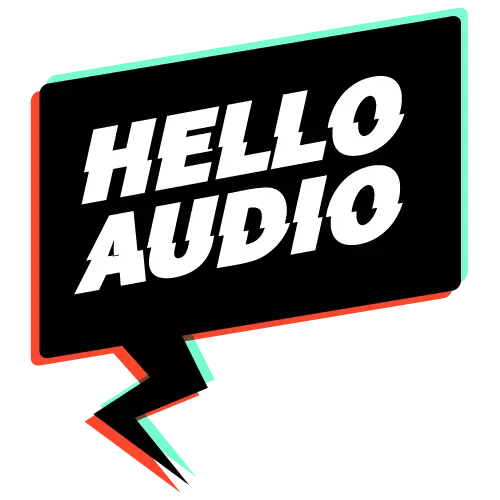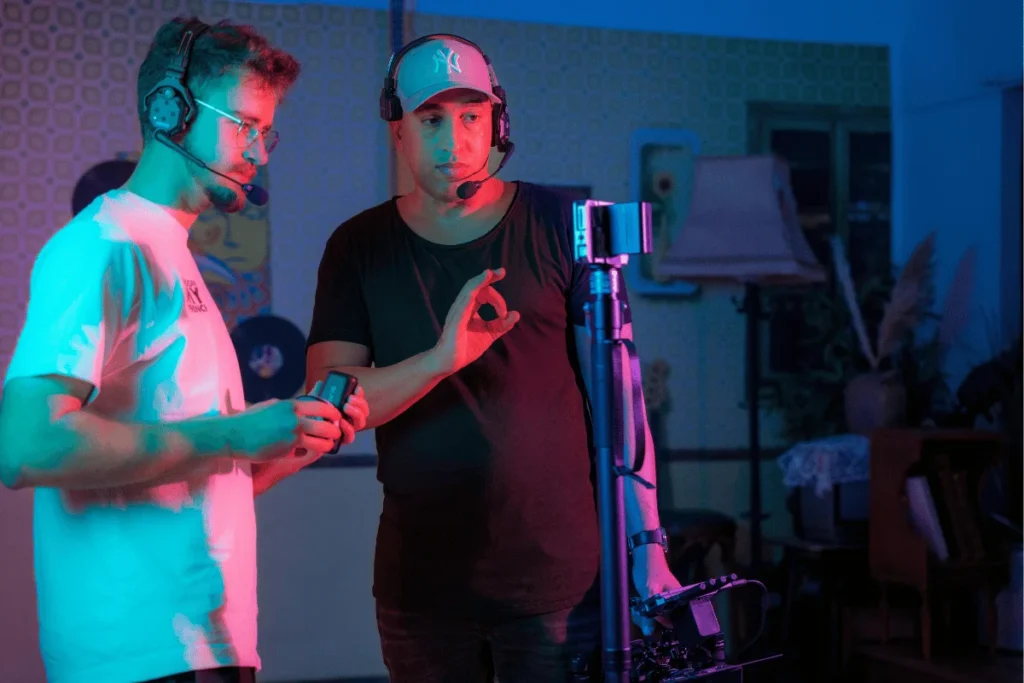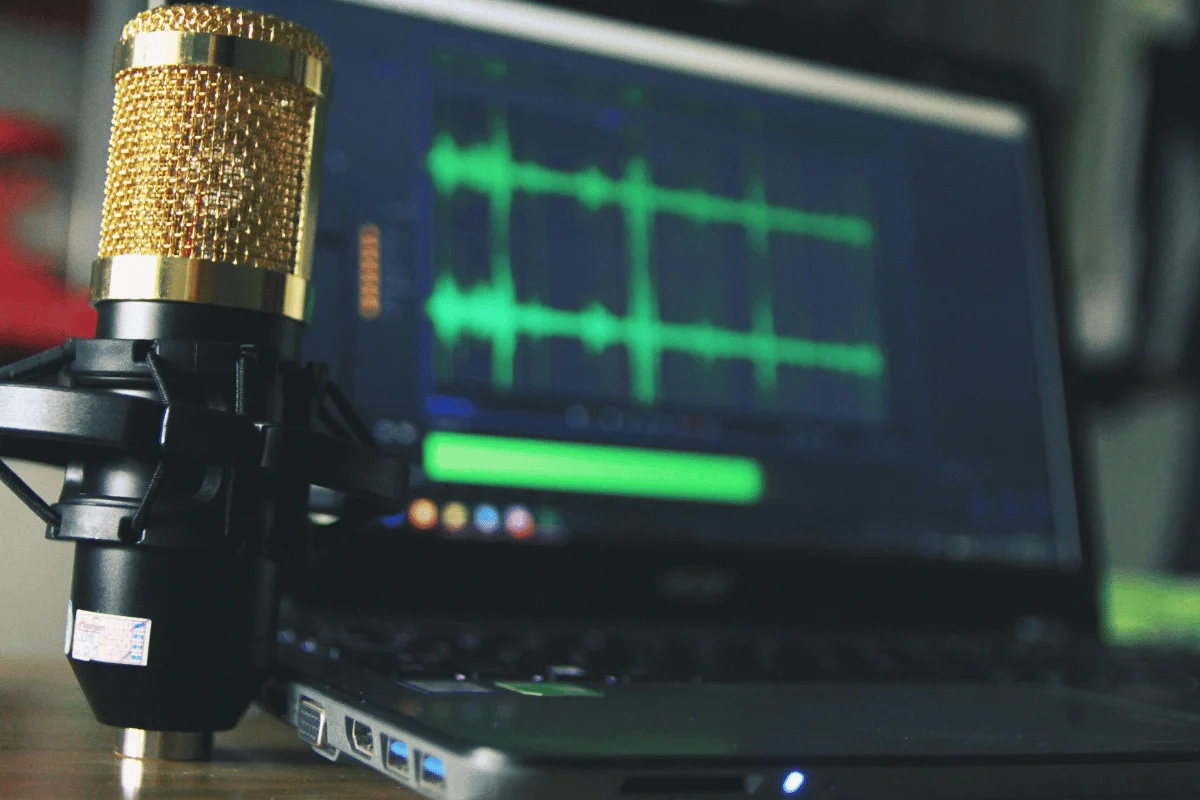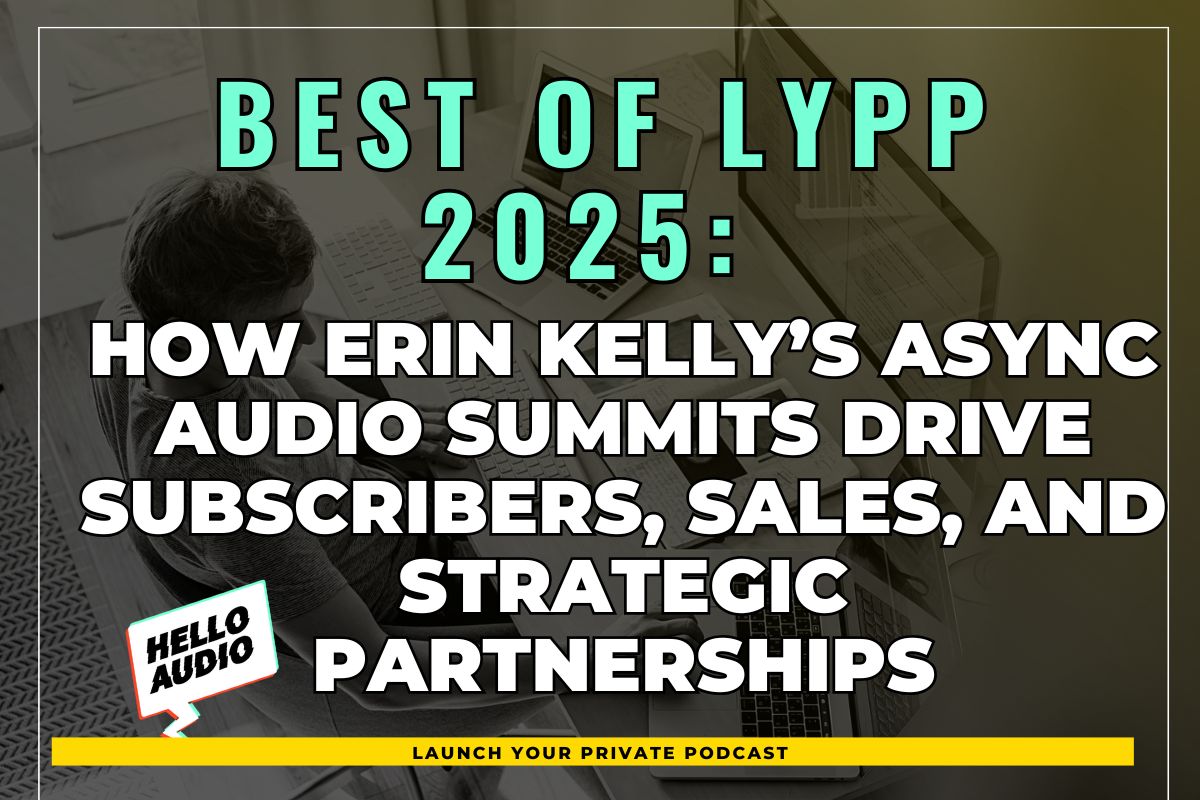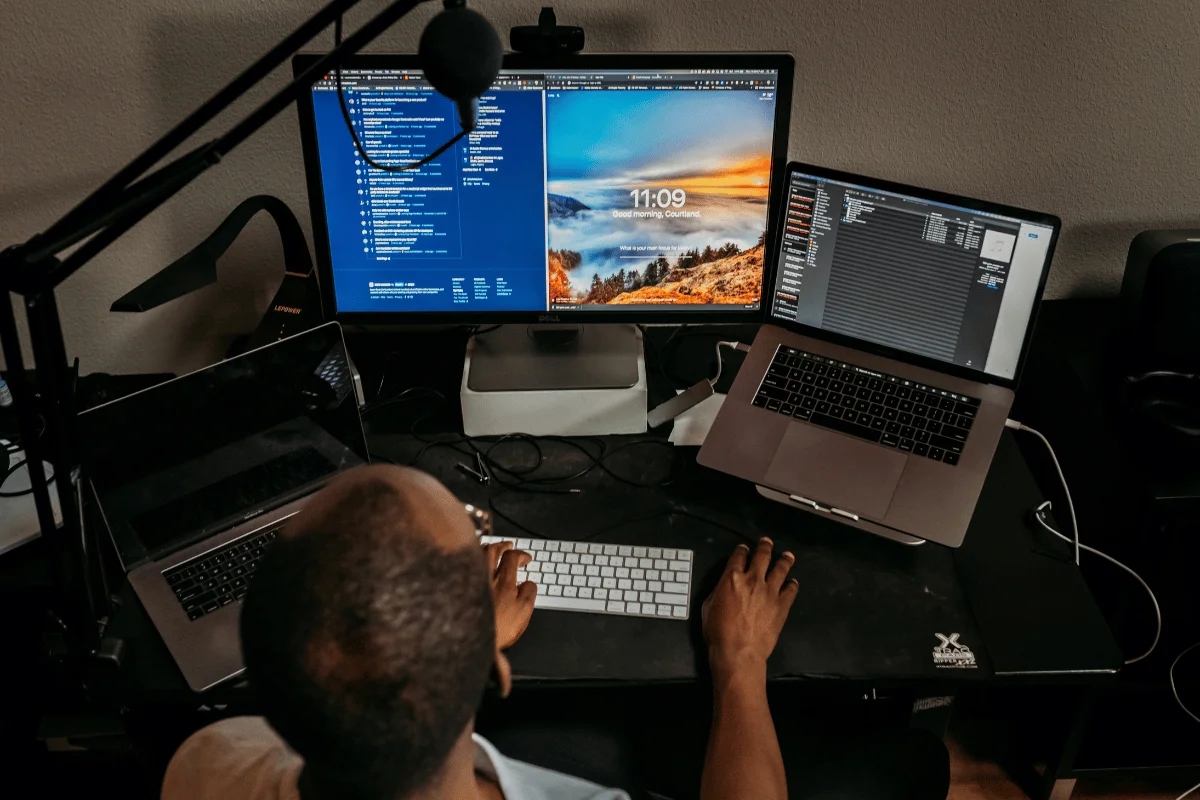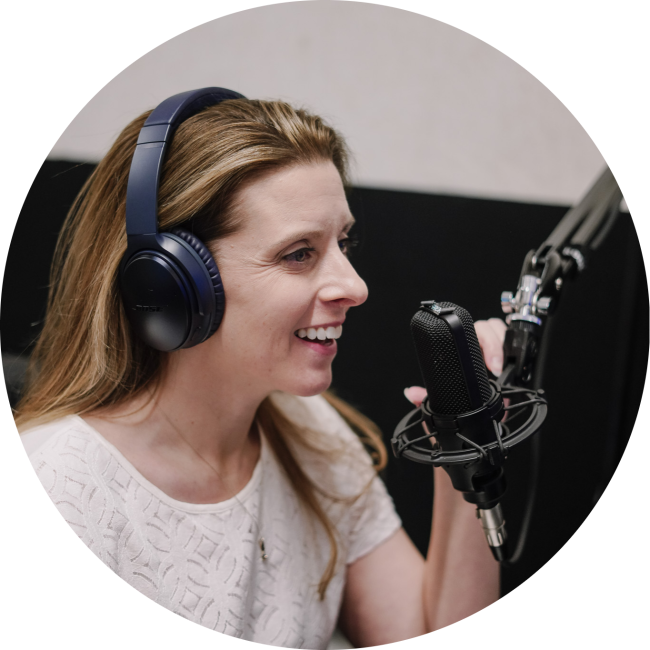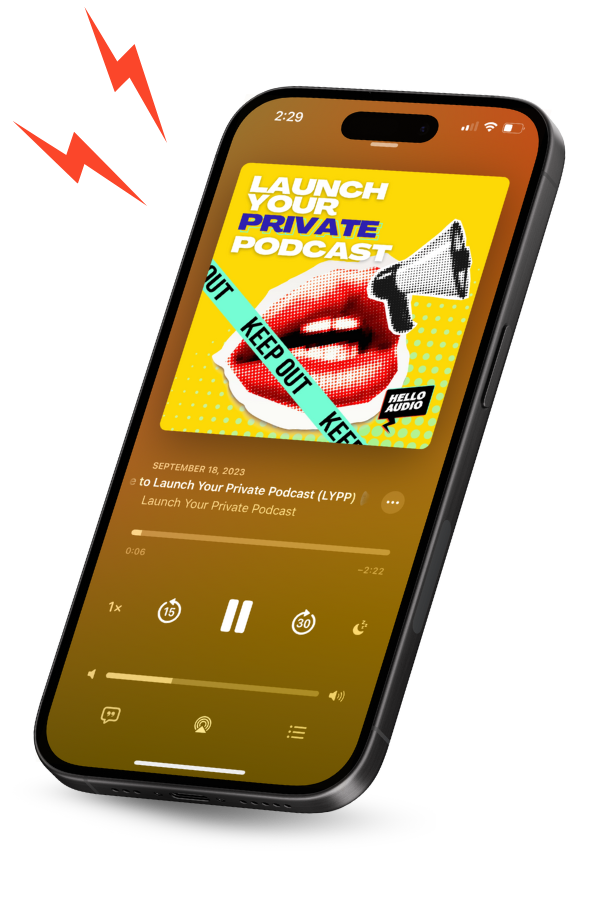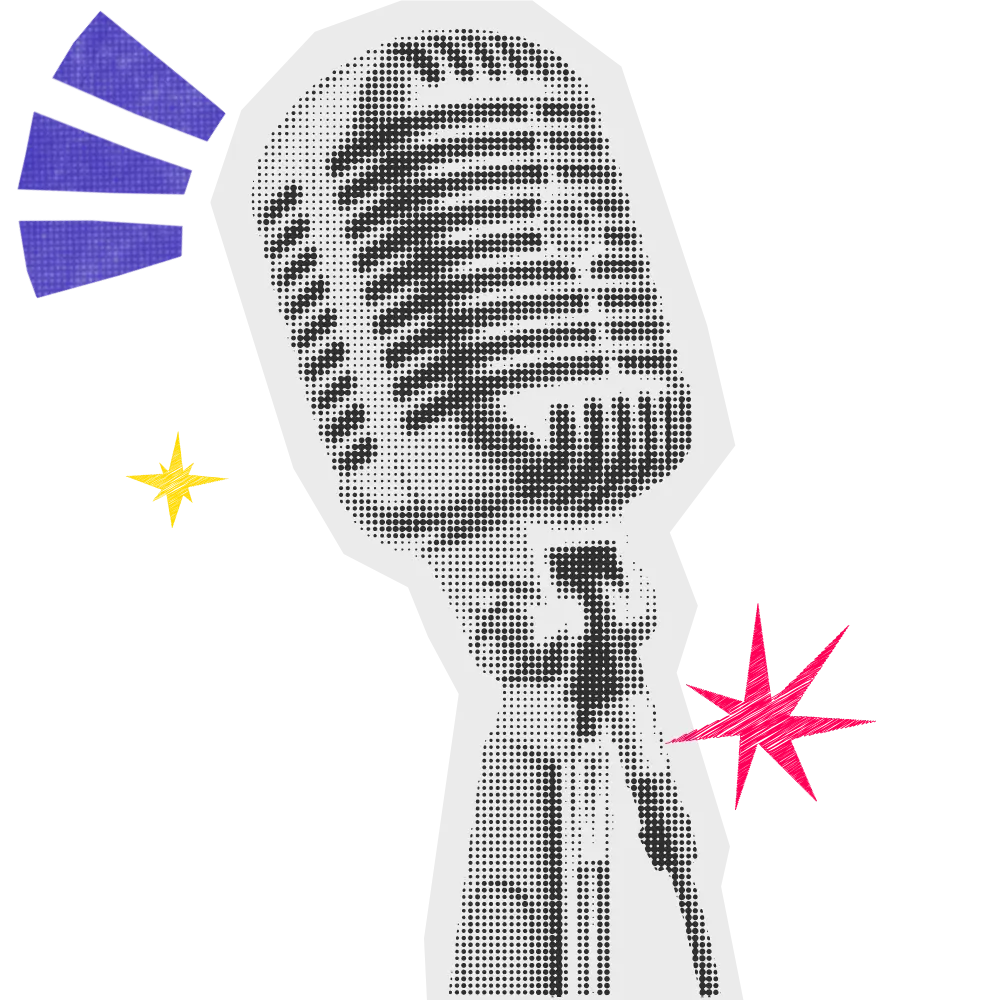Benjamin Franklin once said, “If you fail to plan, you plan to fail.”
As with all worthwhile endeavors, this principle of proper planning applies to podcasting. Estimates show that while there are over 3 million podcasts, only around 419,000 are active. Worse, about 94% fail.
While there are many reasons for a high failure rate, poor podcast planning is one of the top reasons. But with the right resources and guidance, yours can succeed. In this post, we’ll show you how to plan a podcast and set it up for success.
Once you’ve planned your podcasts, you can host and manage them on Hello Audio. Our platform also makes it easy to syndicate your private podcasts to popular podcast directories like Apple Podcasts, Spotify, Google Podcasts, and more, thus increasing your reach and growing your audience.
Sign up with Hello Audio today to get started.
What is Podcast Planning?
Podcast planning is like a cooking recipe containing a list of ingredients and cooking instructions.
Only, in this case, it’s a roadmap that shows you what steps to take, what types of equipment to use, what to do during the production process, and how to get your podcast to its target audience.
The average podcast plan has three phases:
- Ideation and concept phase: This is where you come up with the podcast idea, what to name the podcast, who it’s meant for, and more.
- Execution or deployment: In this stage, the plan will cover everything from recording processes to editing and finishing. It includes podcast scripts, recording protocols, guest research, and all relevant information.
- The distribution phase: This part of the plan covers what to do after you’ve finished recording and editing so the target audience can find the podcast.
All three elements of a podcast plan work together to make it successful.
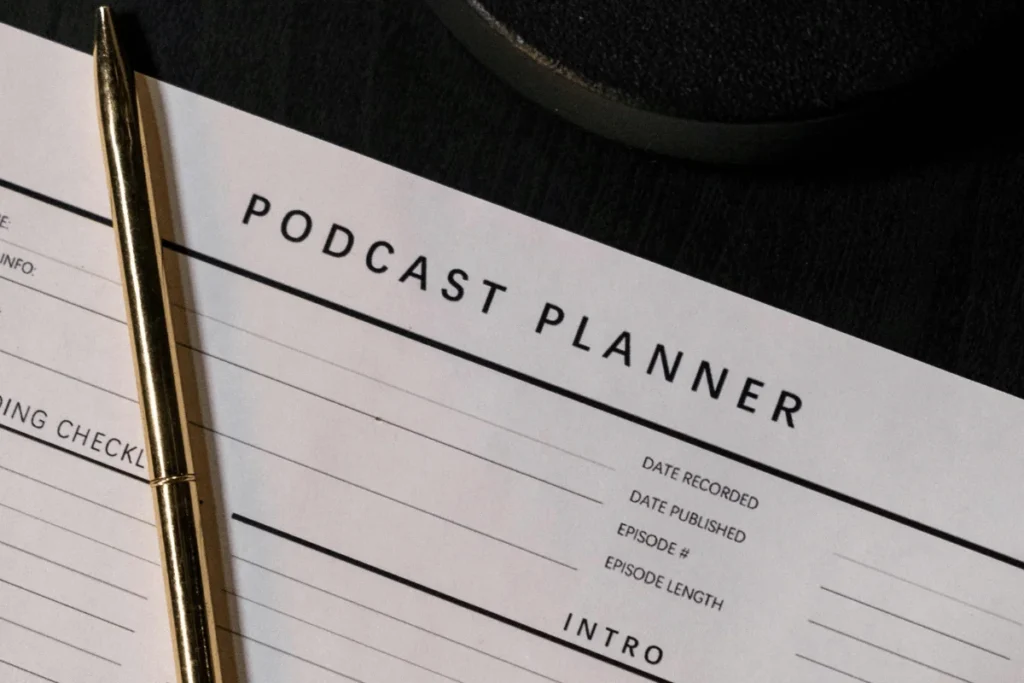
5 Proven Benefits of Effective Podcast Planning
All successful podcasts have one thing in common: they are well-planned. So, if you want to produce a great podcast show, you cannot afford to just “wing it.”
If you plan your podcast right, you will enjoy benefits such as:
- Audience and listener growth
- Easier process of creating and releasing new episodes
- A theme that determines the podcast episodes
- Reduced stress, almost zero delays, and no bottlenecks in the production process
- Saved time due to following a proven results-driven outline or template
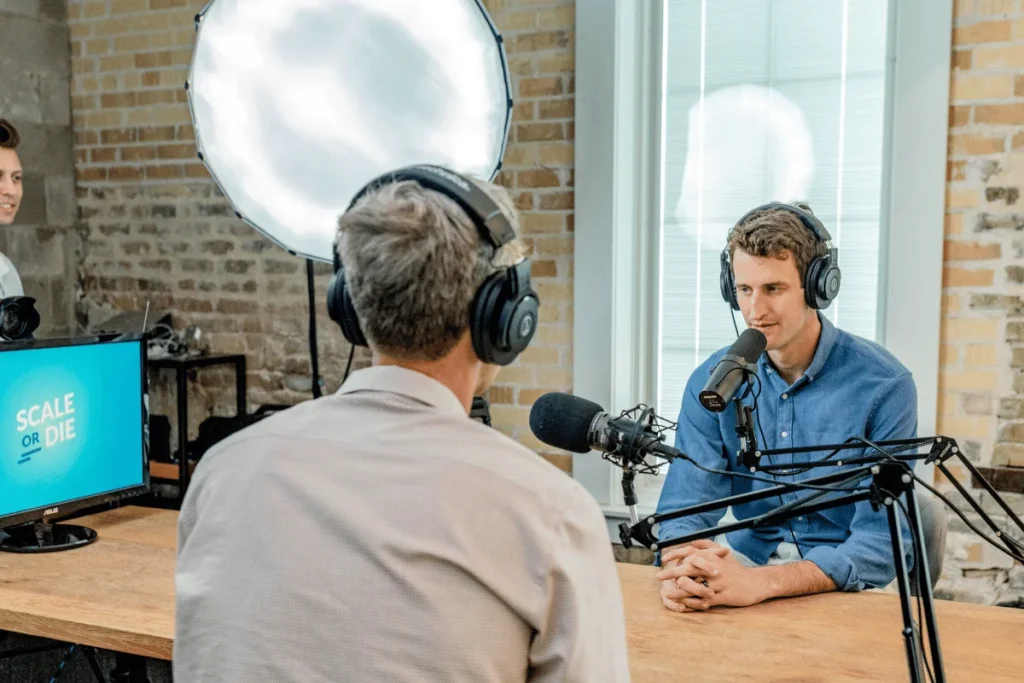
Do I Need a Podcast Planning Template?
While you do not necessarily need one, a podcast planning template can transform your production process.
With a well-designed and crafted template, you can quickly produce quality episodes that can benefit your listeners.
But if you’re still unsure, asking the following questions will help you decide if you need one:
- Am I struggling to organize my podcast episodes?
- Am I finding it hard to schedule recording and publishing dates?
- Am I looking for a way to keep track of guest details and contacts?
- Do I need a guideline for each segment of the show?
- Do I need a sequence to ensure smooth transitions between each segment of the show?
- Do I struggle to track my podcast’s growth metrics and analytics?
- Am I looking for a way to document and refine my podcasting process for future improvements?
If you answered any of these questions in the affirmative, you need a template to help add structure and guide you through each episode.

How to Plan a Podcast in 10 Easy Steps
Here’s an easy, step-by-step process for planning your podcast, growing your audience, and maximizing your reach.
1. Start with a Topic
Decide on the theme or topic of your podcast. Ideally, this would be something you’re very knowledgeable about, experienced at, or interested in.
2. Define Your Ideal Target Audience
Ask yourself a simple question: Who exactly do I want to help? The more specific your target audience, the better your chances of success.
For example, instead of having a general fitness podcast, yours could be about fitness for ultra-busy 40+ men.
3. Identify Your Target Demography
Who is your ideal listener? Specify your target demography by determining their age, sex, social status, net worth range, income, education, and more.
For instance, following the 40+ men example, your ideal listener profile could be “Busy dads aged 40 and above who work in big cities, live in the suburbs, and earn over $100K annually. They may be married or single and interested in losing belly fat without spending hours in the gym or doing tons of meal preps”.
Also, remember that targeting a specific demography doesn’t preclude people outside that demography from listening to your podcast.
4. Determine the Theme and Number of Episodes
Some podcasts are run like TV shows: they have an overarching theme for the season and a limited number of episodes for that season.
A good example is the Slow Burn podcast, which has nine seasons, with each season dedicated to a specific theme. Then, there are podcasts like Matt and Shane’s Secret Podcast, with almost 500 episodes and no seasons.
5. Set Up Your Podcast’s Structure
This means naming your podcast, identifying the target audience’s pain points, crafting a podcast script, choosing a podcast style, settling on an ideal episode length, establishing an episode release schedule, and having an outline template.

6. Get the Right Podcasting Equipment
The right podcasting equipment can level up your podcast.
Invest in a good microphone (Audio-Technica, Shure, Blue Yeti, and Rode have great podcast mics), quality headphones (Sony, Audio-Technica, and Beyerdynamic have good over-ear options, while MoonDrop and TruthEar have good in-ear headsets), and editing/recording software.
If you can’t afford those, don’t worry. You can start with your phone and upgrade with time.
7. Brainstorm Content Ideas
At the heart of every successful podcast is great content.
So, work hard to develop awesome topics and content ideas, identify great guests if you’ll be interviewing, and research your topics. You want each episode to be as in-depth, informative, educative, and entertaining as possible.
8. Create an Intro, Outro, and Segue
Apart from the main content or body, all podcast episodes should have an intro, 1-2 segue segments, and an outro section.
Record these and have them ready to be added to your recordings.
9. Have a Post-Production Process
Your post-production process determines what happens after every recording session.
In most cases, it’s editing the conversation, mixing the audio, cutting out unusable parts, and adding special audio or visual effects where necessary.
10. Distribute and Promote the Podcast
After editing and mastering the recording, send it to a reliable podcast hosting and distribution platform, schedule your episodes for release, and promote the podcast. And if you want, you can even host private podcasts.
If this seems like a lot, don’t worry. We provide an easy-to-use private podcast hosting platform – Hello Audio, where you can host and distribute your recordings.
Sign up with us today.

How To Write a Podcast Outline – Tips & Tricks
A podcast outline is a roadmap detailing how you’ll go from the start to the end of a podcast show whilst covering all the necessary topics.
It’s a sequence of events that adds structure and provides guidelines for the show’s direction. A podcast outline is easy to write, particularly when implementing the three-act structure.
Here’s what a podcast outline with a three-act structure looks like:
Beginning or Act One
- Intro to the podcast
- Guest intro (if any)
- Introduce the topic for the episode
- Ask the guest general questions about themselves or their expertise (the goal is for your audience to know the guest better)
- Start the discourse
Middle or Act Two
- Get into the key content
- Discuss the first sub-topic extensively
- Segue (could be an ad or just changing topics)
- Discuss second sub-topic
- Ask as many questions as possible within the timeframe
- Segue
- Seek conclusions and key takeaways
Ending or Act Three
- Talk about other stuff or issues (this is the lighthearted conversation segment)
- Ask questions or allow the audience to ask questions if possible
- Concluding remarks, takeaways, and guest/listener appreciation
- Insert a cliffhanger or teaser for the next episode, if any
- Call to action
- End podcast
Now that you have a general idea of what a podcast outline looks like, use the following tips to flesh out the outline:
- Start with a topic or key idea.
- Research the topic extensively and note down key talking points.
- If you’re interviewing a guest, research them too.
- Make a list of important thoughts or ideas and podcast questions that you’ll be asking the guest (if any).
- Organize the talking points in a coherent or logical order – ensure that every question or talking point transitions smoothly into the next.
- Add other fine details like chit-chats, in-show ads, sponsor messages, etc.
- Have a cue for your intro and outro.
Following the three-act structure, each episode should have a beginning, a middle, and an end. Also, you don’t need to follow the outline to the letter. Remember that it’s just a framework or guideline that you can use as-is or adapt/modify to your situation.

5 Podcast Planning Mistakes to Avoid
While it’s great to plan your podcast, it is equally important to avoid mistakes that can undermine its success.
Some of these mistakes include:
- Blatantly copying another podcast’s planning format: While it’s okay to “borrow” some ideas from other podcasts, ensure that you modify the plan for your podcast type.
- Not clearly defining your ideal audience profile: You can’t be everything to everyone. Pick a niche, identify your ideal listener, and cater to them in your podcast.
- Not having long-term plans: Your podcast will rarely be a success in the first few episodes. So, we have plans to help you stay on track and continue producing new episodes until you gain much traction.
- No regular publishing schedule: Your plan should always include a regular posting schedule if you want to succeed.
- Leaving out critical elements in your planning: All the planning in the world doesn’t matter if your show isn’t informative, educational, and entertaining. The same applies to having poor recording equipment. So, include the essential components in your podcasting plans.

Frequently Asked Questions (FAQs)
Here are some of the most common questions we get from podcasters:
How Much Does It Cost to Start a Podcast?
Not much, really. You can start a podcast even with a $500 budget. This will cover the cost of a podcast mic ($50 – $150), headphones ($30 – $70 each), recording and editing software ($0 – $30 monthly), our affordable podcast hosting platform at Hello Audio ($14 – $81 monthly), and extras like cables and microphone stands ($14 – $57).
Do I Need Special Equipment to Start a Podcast?
Not necessarily. You can start with a phone, a laptop, and other equipment. But as you get bigger and more successful, invest in better equipment.
What is the Difference Between Podcast Structure and Podcast Planning?
A podcast structure is the framework for each episode of your show. It includes an outline of what to do at the beginning, middle, and end of a podcast to grab the listener’s attention and retain it throughout the podcast.
A podcast plan is a framework designed to ensure the show succeeds. It contains the show’s goals, episode plans, content strategy, post-production processes, and distribution and marketing techniques.
Conclusion
As you can see, a successful podcast show requires a solid podcast plan. So, start executing everything you’ve read here.
And when your podcast is ready, we at Hello Audio can host and help distribute your show so that it gets maximum reach and visibility among your target audience. You can also monitor listener analytics and create private podcast feeds that can turn your show into a profitable moneyspinner.
Want to learn how? Sign up on Hello Audio to join other successful podcasters today.

